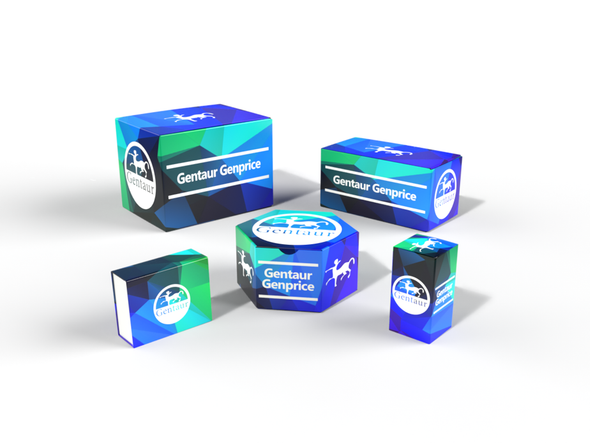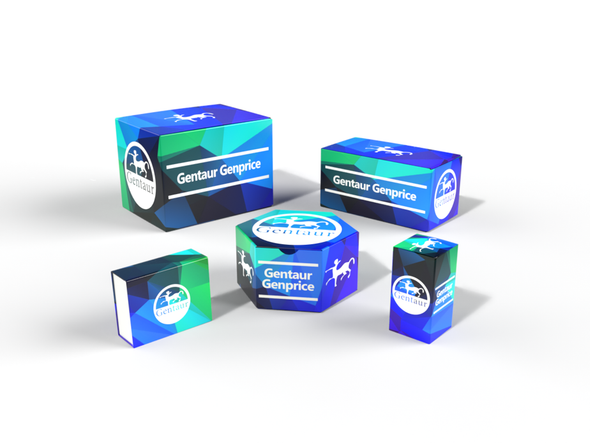Description
Goat Anti-Nitrotyrosine Affinity Pure |A18
| Host Species: | Goat |
| Concentration: | 1 mg/ml (OD 1.35 / 280 nm) |
| Antigen: | NY-KLH |
| Purification: | Affinity purified |
| Buffer: | 75 mM Sodium Phosphate, 75 mM NaCl, 0.5 mM EDTA, 0.02% NaN3, pH 7.2 |
| Specificity | Specifically binds to nitrate LDL, and other nitrated proteins. Dilution for immunoblot and ELISA range: 1,000 to 40,000. (A slight amount of precipitation may have occurred during storage due to the natural properties of these antibodies; please centrifuge before use.) |
| Use: | The antibody can be used for detection of nitrotyrosine in plasma, lipoproteins and other nitrated proteins, immunoassays, immunoblots, enzyme conjugation, or biotinylation. |
| Storage: | -20°C for long-term storage, 4°C for short- term storage. Aliquot to avoid repeated freezing and thawing. |
IMPORTANCE
Nitrotyrosine originates as tyrosine in both a free and protein-bound form which plays a key role in the process of oxidation as seen in atherosclerosis and other inflammatory conditions including active lupus, influenza, pancreatitis, ulcerative colitis, and Crohn’s disease.
The protein-bound form that is involved in atherosclerosis is attached to LDL. This molecule is then nitrated to form the biologically active nitrotyrosine. The nitrate moiety is donated by the reactive nitrating intermediate peroxynitrite (ONOO-) (Graham et al., 1993). Peroxynitrite in turn is formed from MPO-dependent oxidation of nitric oxide (NO). This MPO-mediated oxidation process occurs in a highly efficient manner in human serum (Pennathur, 2004). Once modified, the nitrated form of LDL is then collected and consumed by macrophages via phagocytosis. While LDL− may be viewed as a circulating, atherogenic form of LDL in vivo, study has shown that tyrosine nitration and lipid peroxide together are responsible for the unfolding of α-helices inherent in LDL- formation. Oxidatively- modified low-density lipoprotein (LDL) is involved in the initiation and progression of atherosclerosis. (Hamilton et al., 2008)






